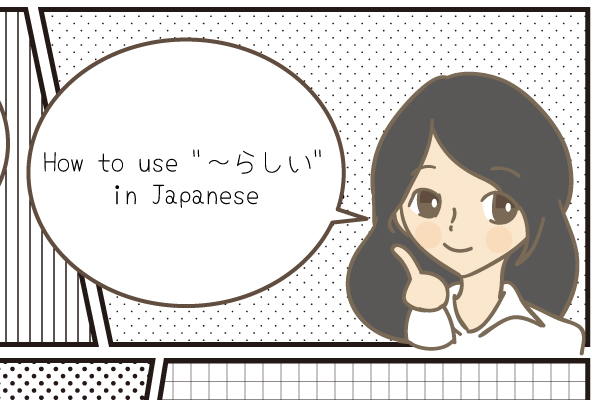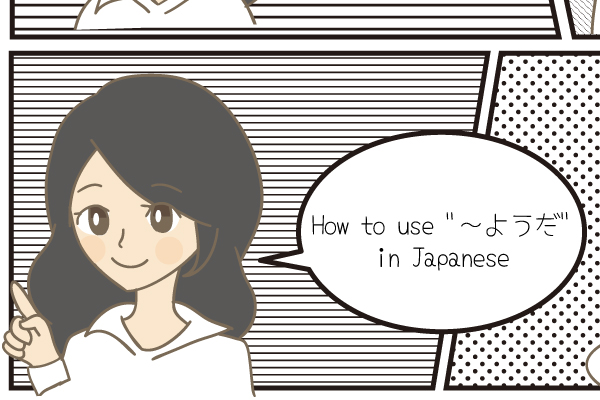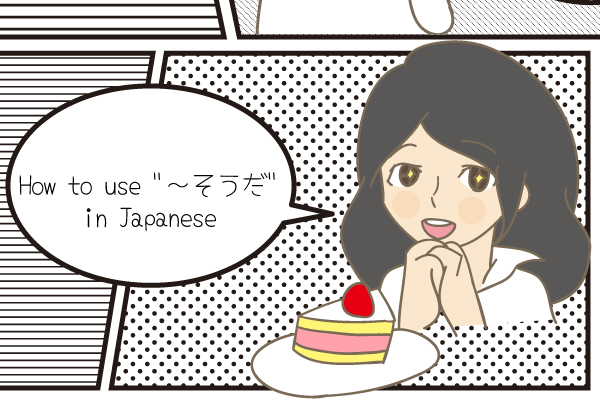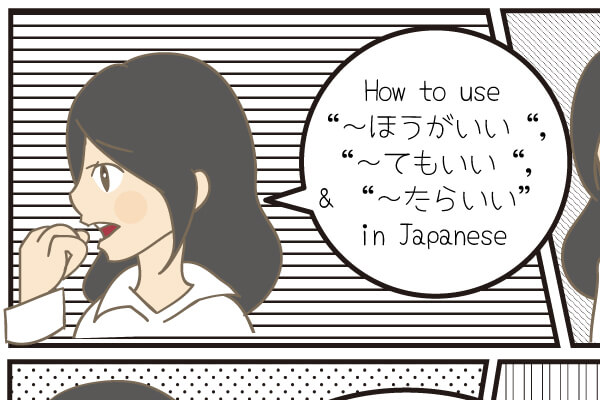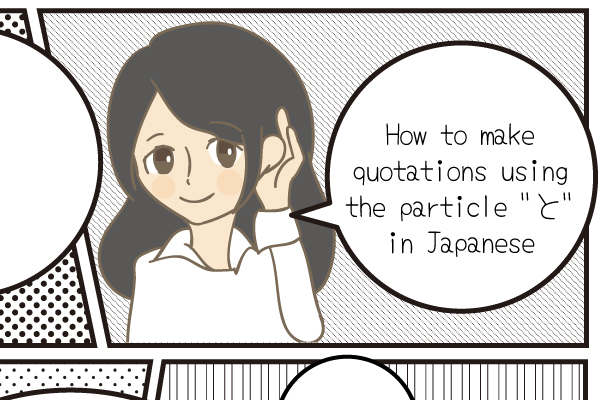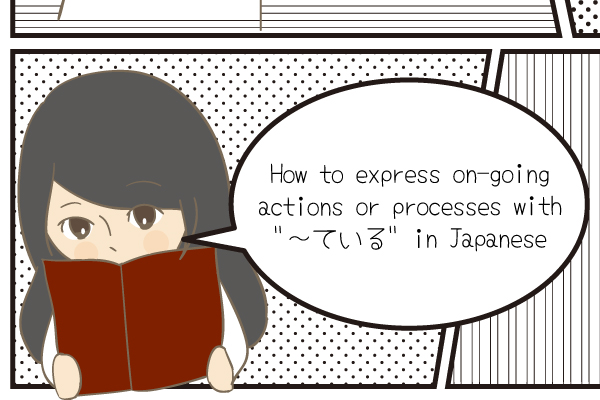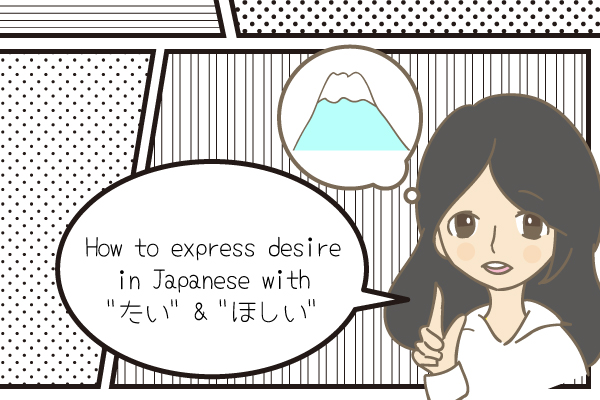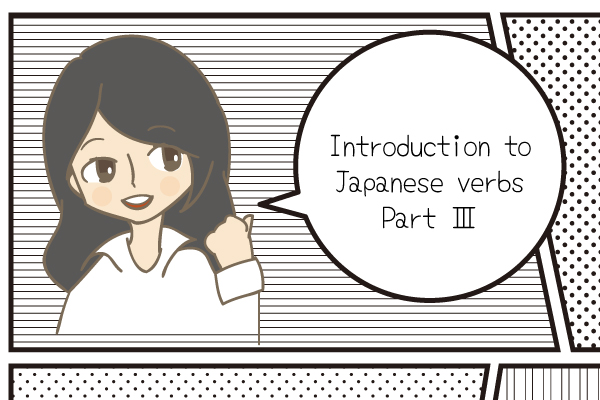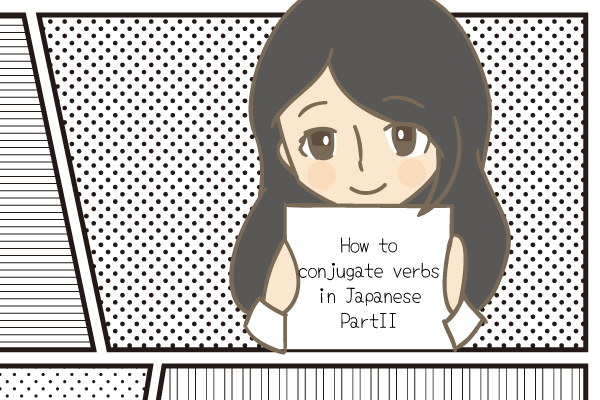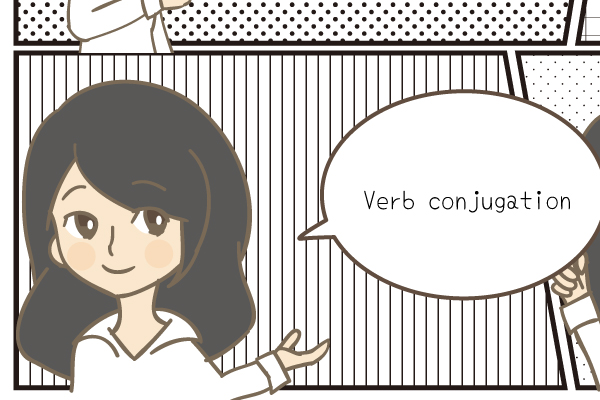How to use “~らしい” in Japanese Last week Shiho explained how to use “~ようだ” to judge a situation and make assumptions. In today’s lesson we will take a look at the expression “~らしい”. “~らしい” is very similar to expressions we’ve studied before, including “~そうだ” and “~ようだ/~みたいだ”. During the live-stream, she explained how to effectively distinguish […]
How to Speak Japanese
How to use “~ようだ” in Japanese
How to use “~ようだ” in Japanese Last week Shiho explained how you can describe the (possible) state of being of people, things or situations using “~そうだ”. In this lesson, we will talk about Shihos video introducing the expression “~ようだ”, which is quite similar to “~そうだ”. “~ようだ” can be used to take your knowledge as a […]
How to use “~そうだ” in Japanese
How to use “~そうだ” in Japanese Last week you learned how make suggestions or give advice in Japanese, using various expressions such as “~ほうがいい”, “~てもいい”, and “~たらいい”. In this lesson, Shiho introduced the expression “~そうだ”, which you can use to describe the condition of people, things or situations. Table of Contents [About “~そうだ”] [Using “~そうだ” […]
How to use “~ほうがいい”, “~てもいい”, & “~たらいい” in Japanese
How to use “~ほうがいい”, “~てもいい”, & “~たらいい” in Japanese Last week, Shiho explained how you can express your thoughts and make quotations in Japanese using the particle “と”. Did you get the chance to practice a bit? In this week’s article we will take a look at Shiho’s video explaining the difference between “~ほうがいい”, “~てもいい”, […]
How to make quotations using the particle “と” in Japanese
How to make quotations using the particle “と” in Japanese Last time we took a look at how to express on-going actions or lasting effects in Japanese using “~ている”. In this lesson, ou will learn how to use the particle “と” together with verbs like “言う” and “思う” to make quotations in Japanese. That way, […]
How to express on-going actions with “~ている” in Japanese
How to express desire in Japanese using “たい” & “ほしい”
How to express desire in Japanese using “たい” & “ほしい” Last time, we took a good last look at verb conjugations by introducing the te-form. This week you will learn how to express desire or wanting something in Japanese by using “tai” and “hoshii”. Table of Contents [About “たい” & “ほしい”] [The difference between “たい” […]
How to conjugate verbs in Japanese Part Ⅲ
How to conjugate verbs in Japanese Part Ⅲ Last time, we took a look at exceptions from the verb conjugation rules we learned in the previous lesson. In this lesson, Shiho will introduce the conjugation of the “te”-form, or “テ形”. The te-form is used for various grammar points in Japanese and it’s therefore crucial to […]
How to conjugate verbs in Japanese Part Ⅱ
How to conjugate verbs in Japanese Part Ⅱ Last time Shiho explained the very basics of verb conjugations in Japanese, including the three verb groups (u-verbs, ru-verbs, and irregular verbs) and how to conjugate each group from its “辞書形 (dictionary form)” to the masu- and nai-form. In this lesson Shiho reviews some of the grammar […]
How to conjugate verbs in Japanese Part Ⅰ
How to conjugate verbs in Japanese Part Ⅰ In the last lesson, Shiho revised some of her introduction to Japanese adjectives and showed you how to express adjectives in Japanese in the past tense. Do you remember the two ways to use “良かった”? In this lesson, Shiho will give an introduction to conjugating verbs in […]

